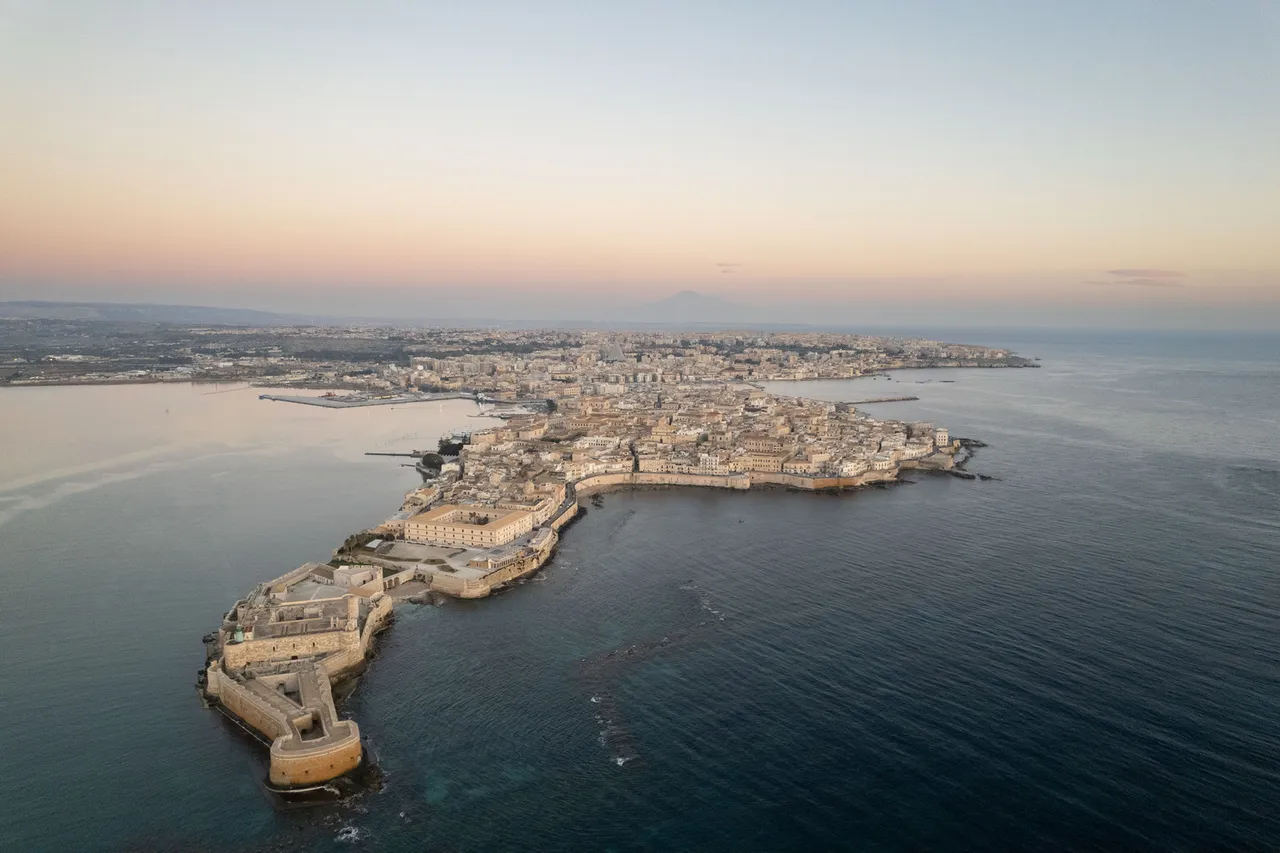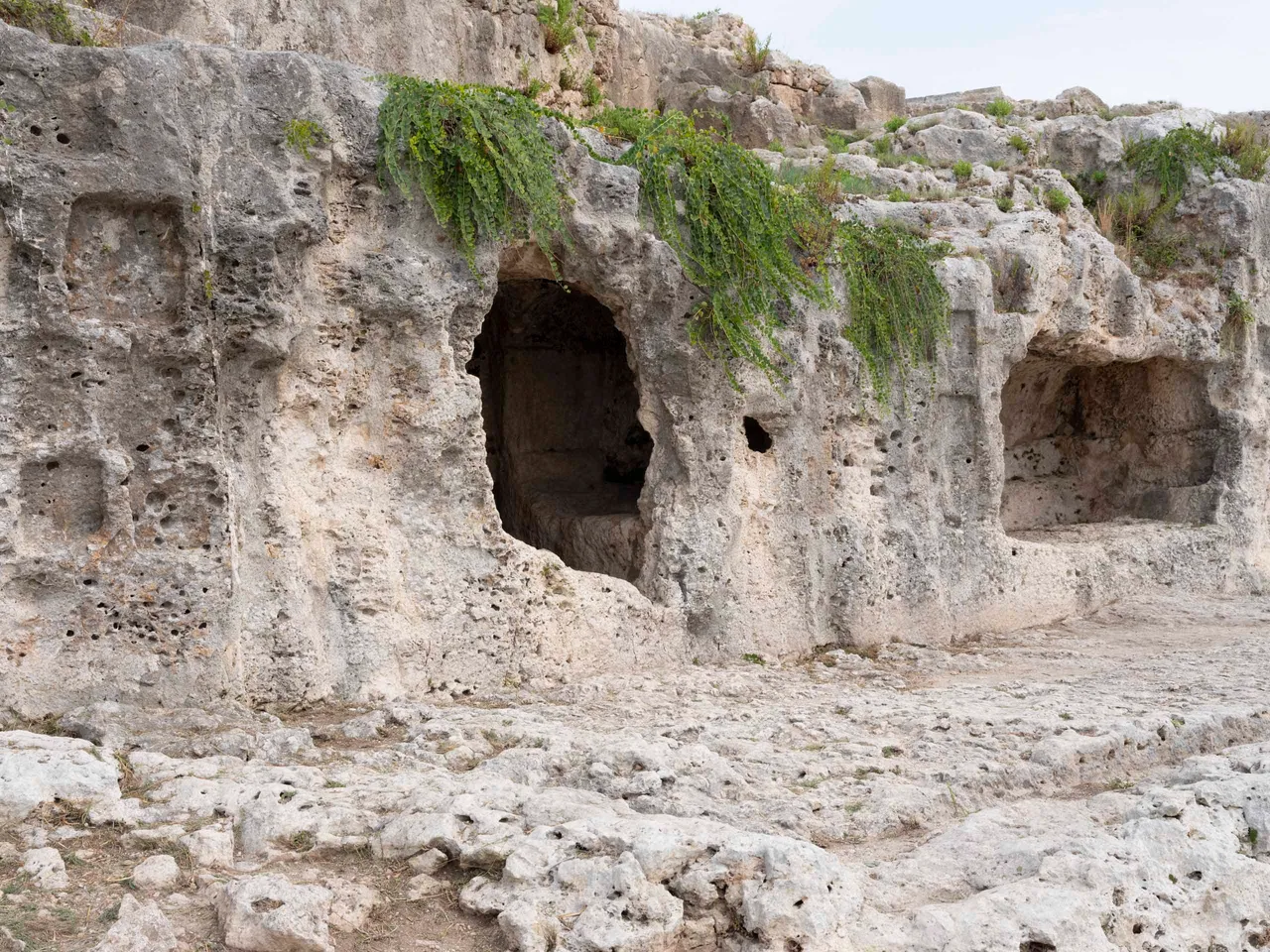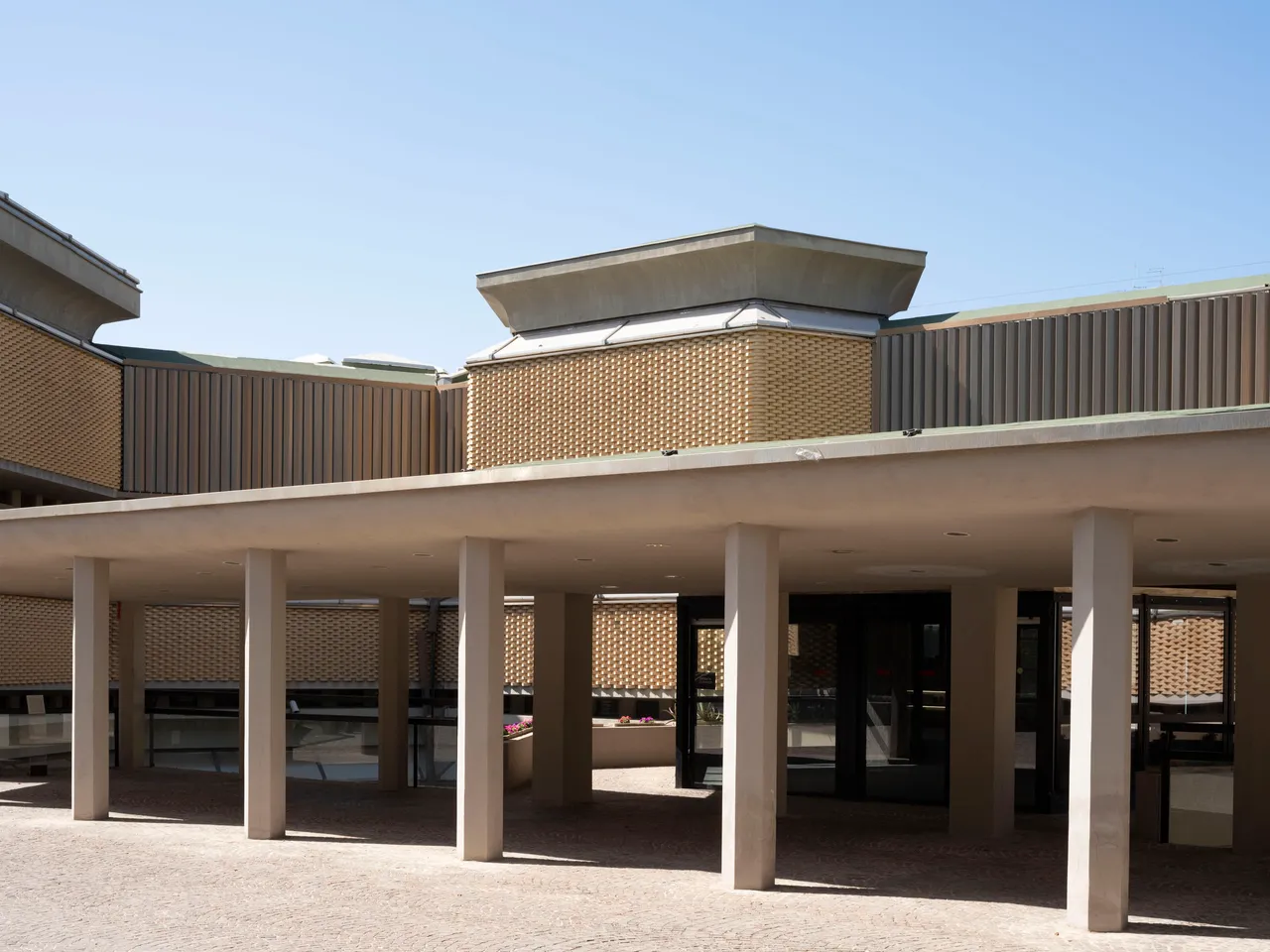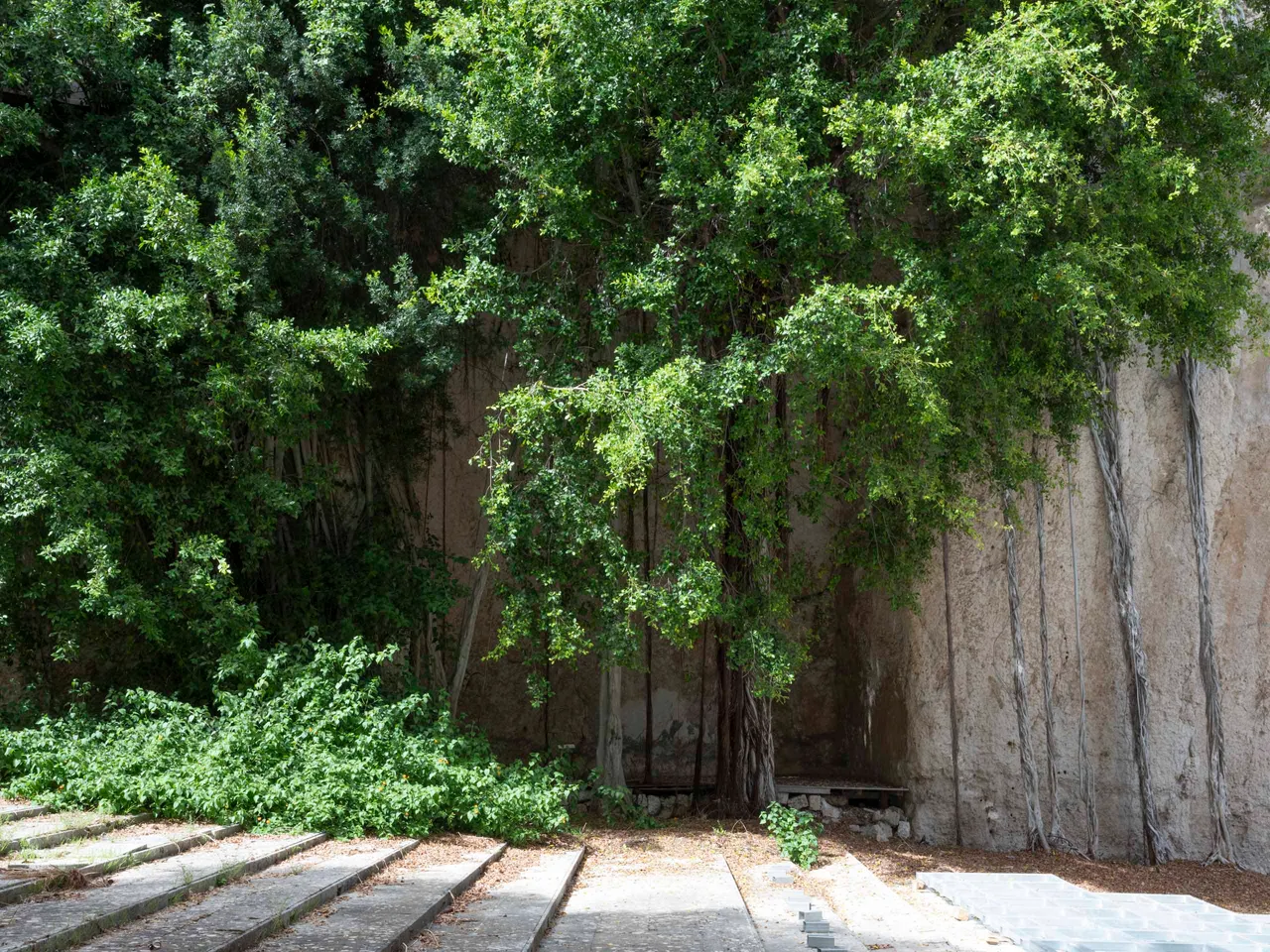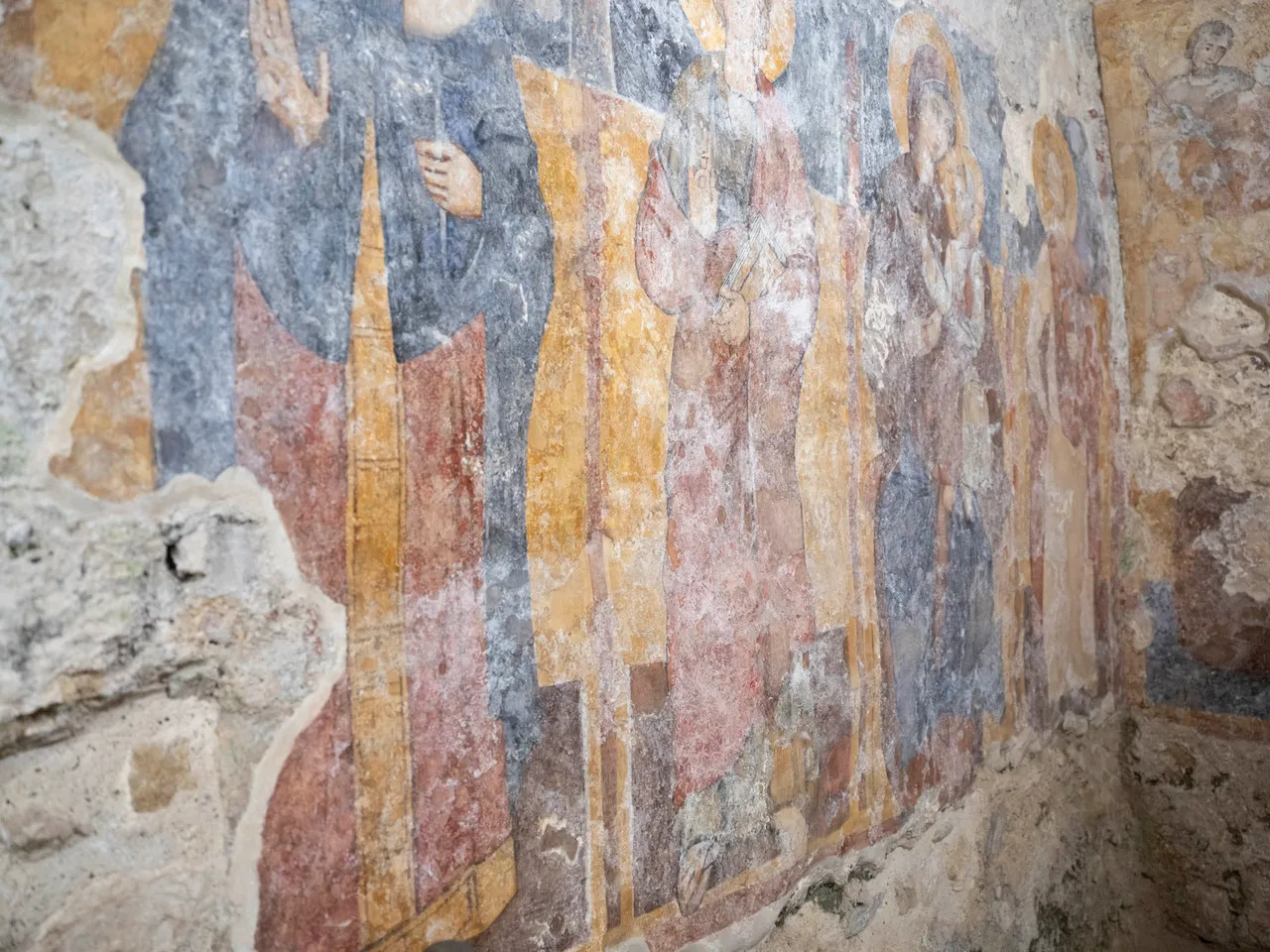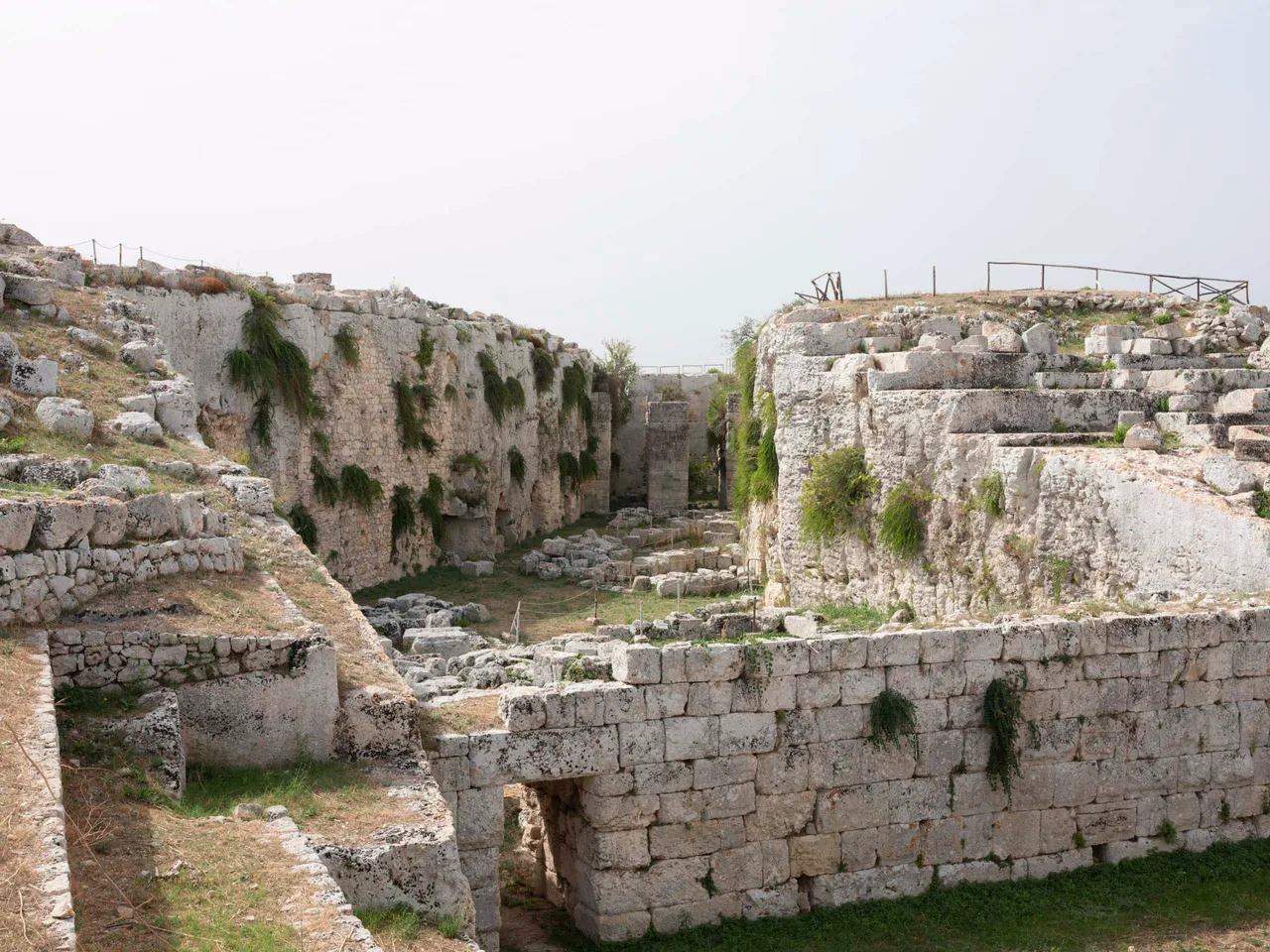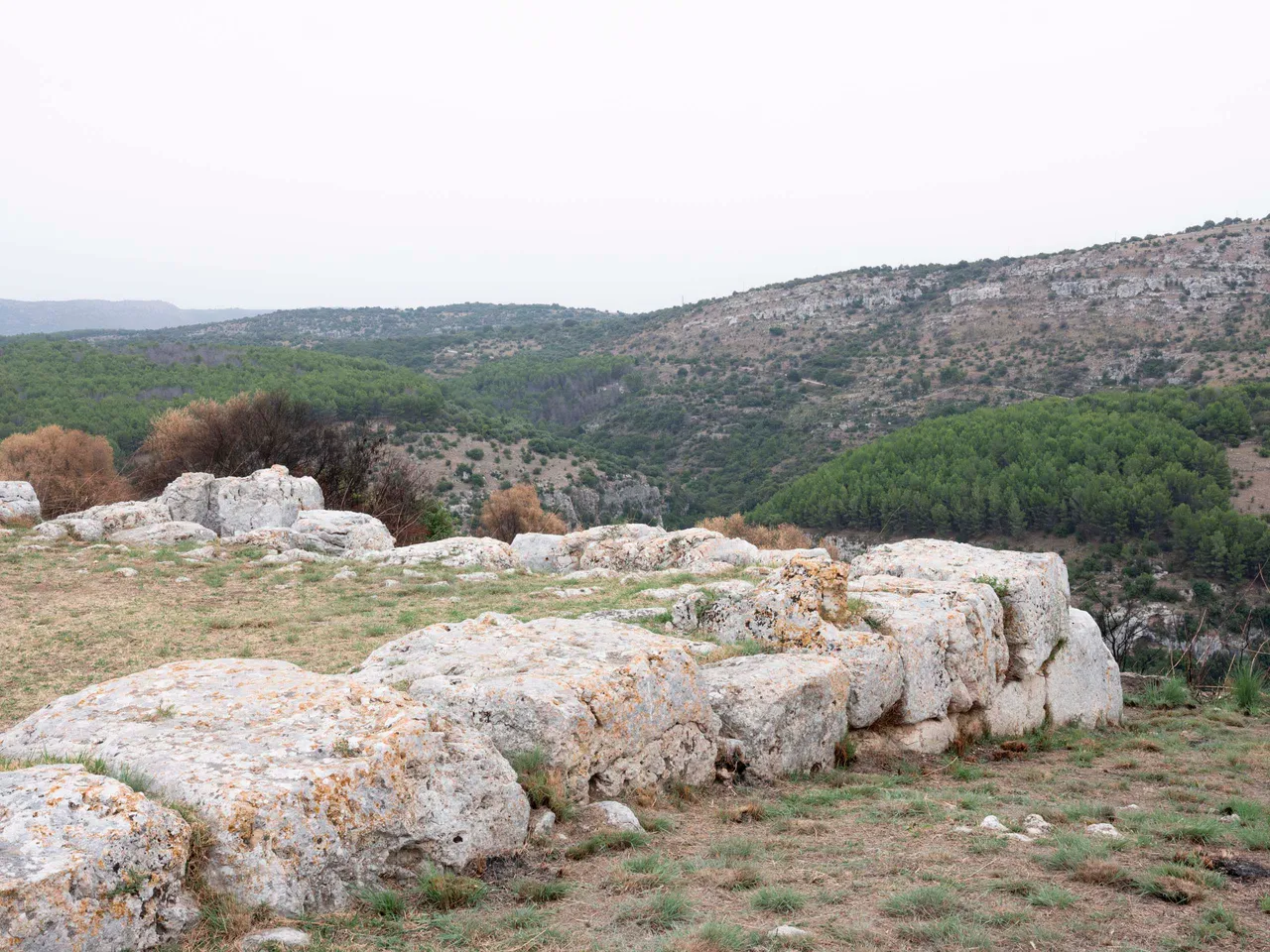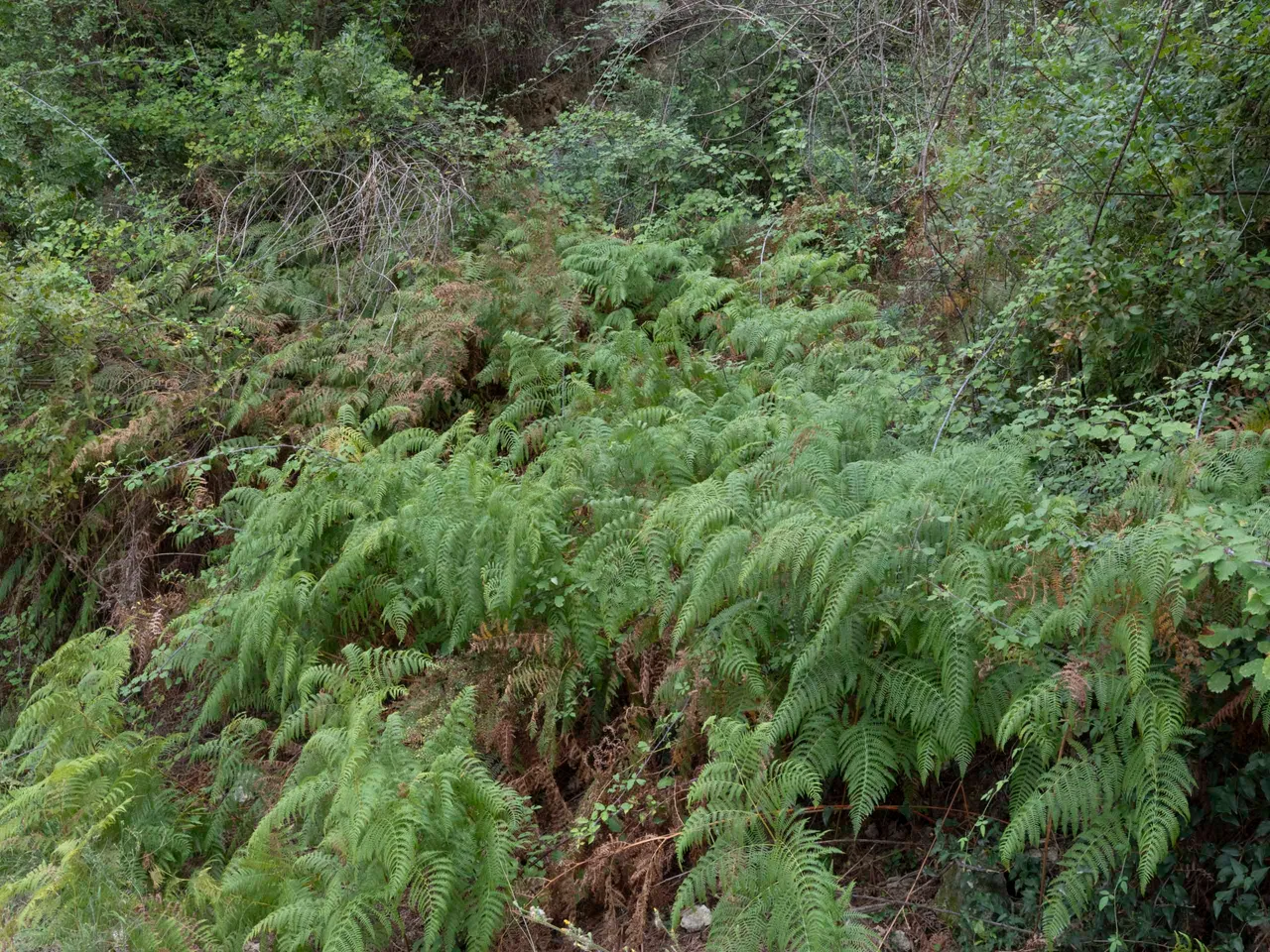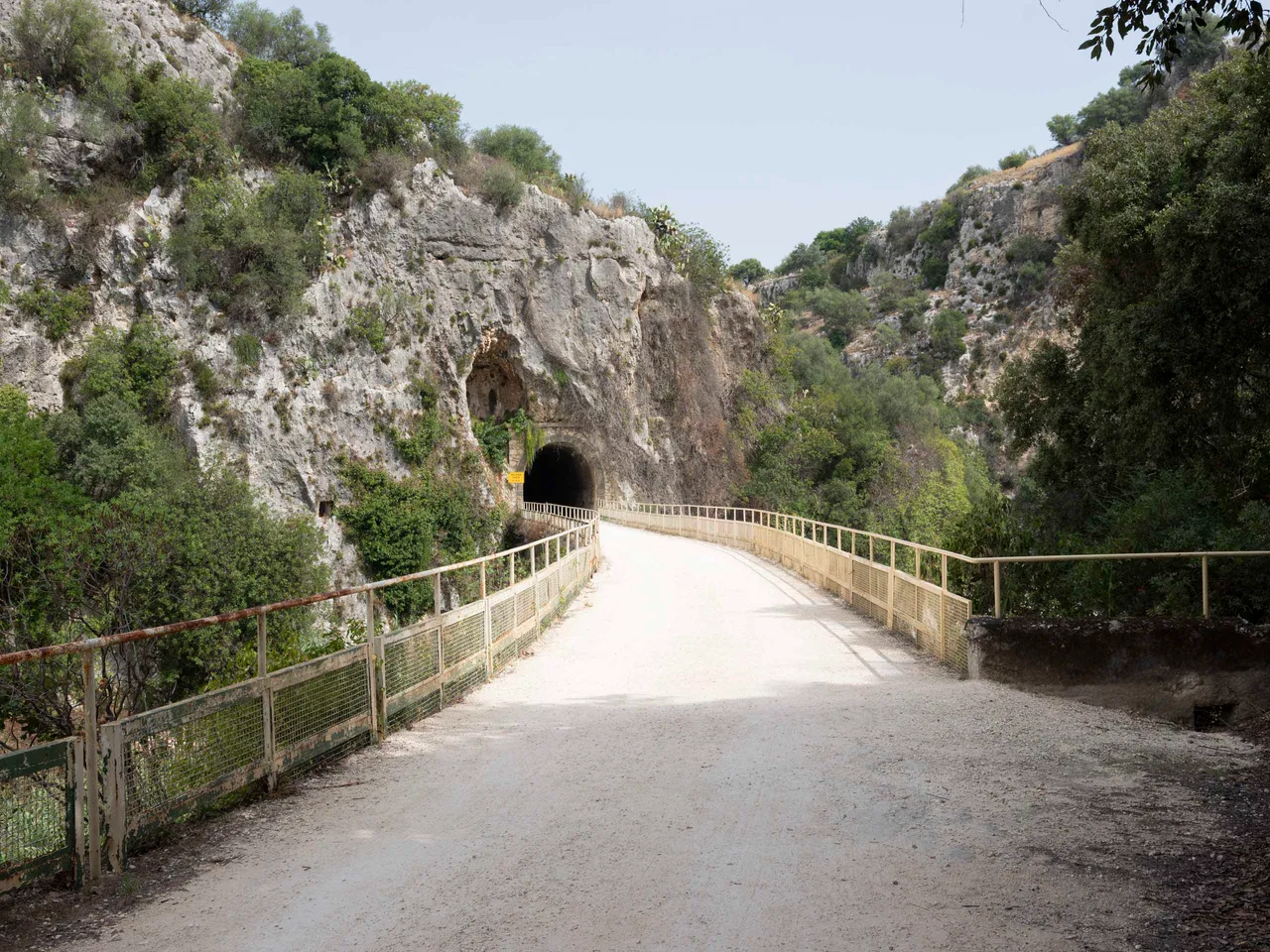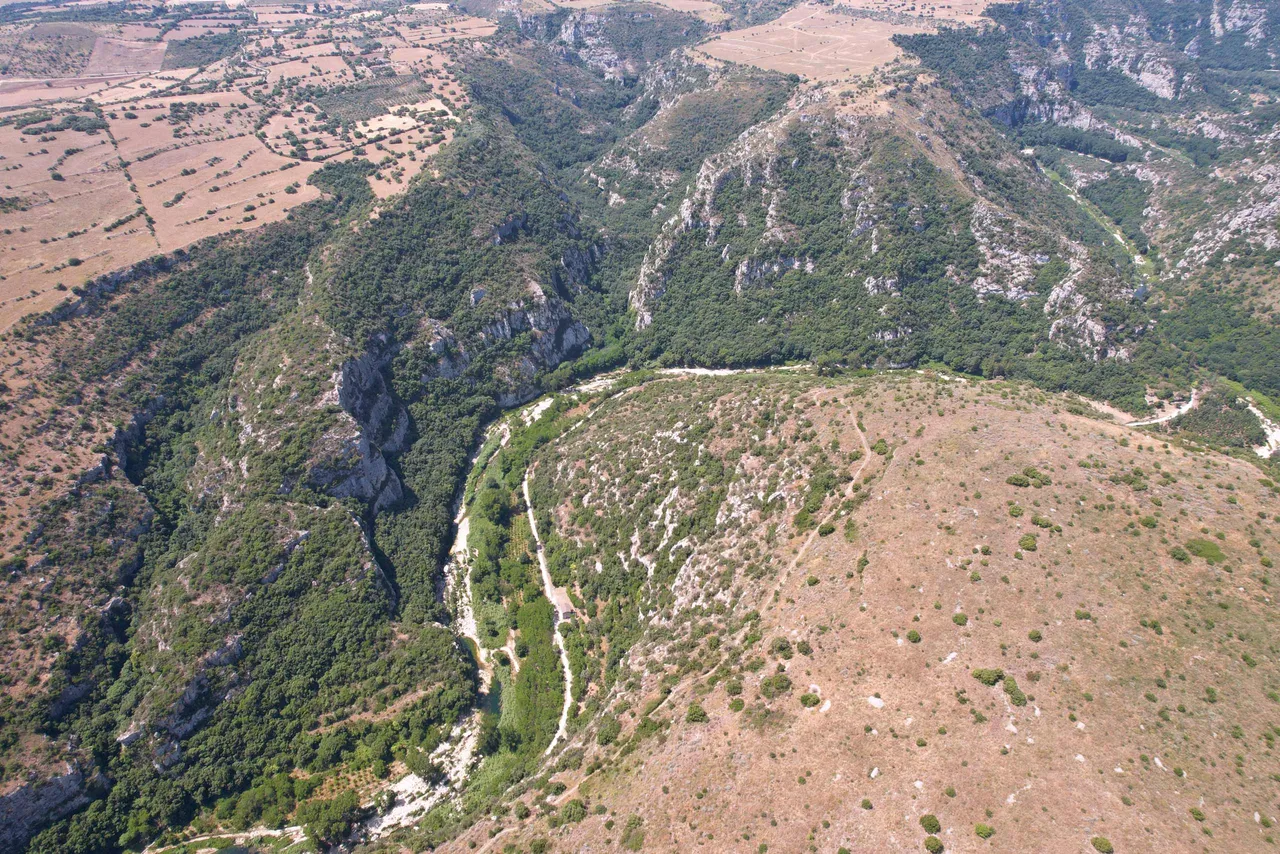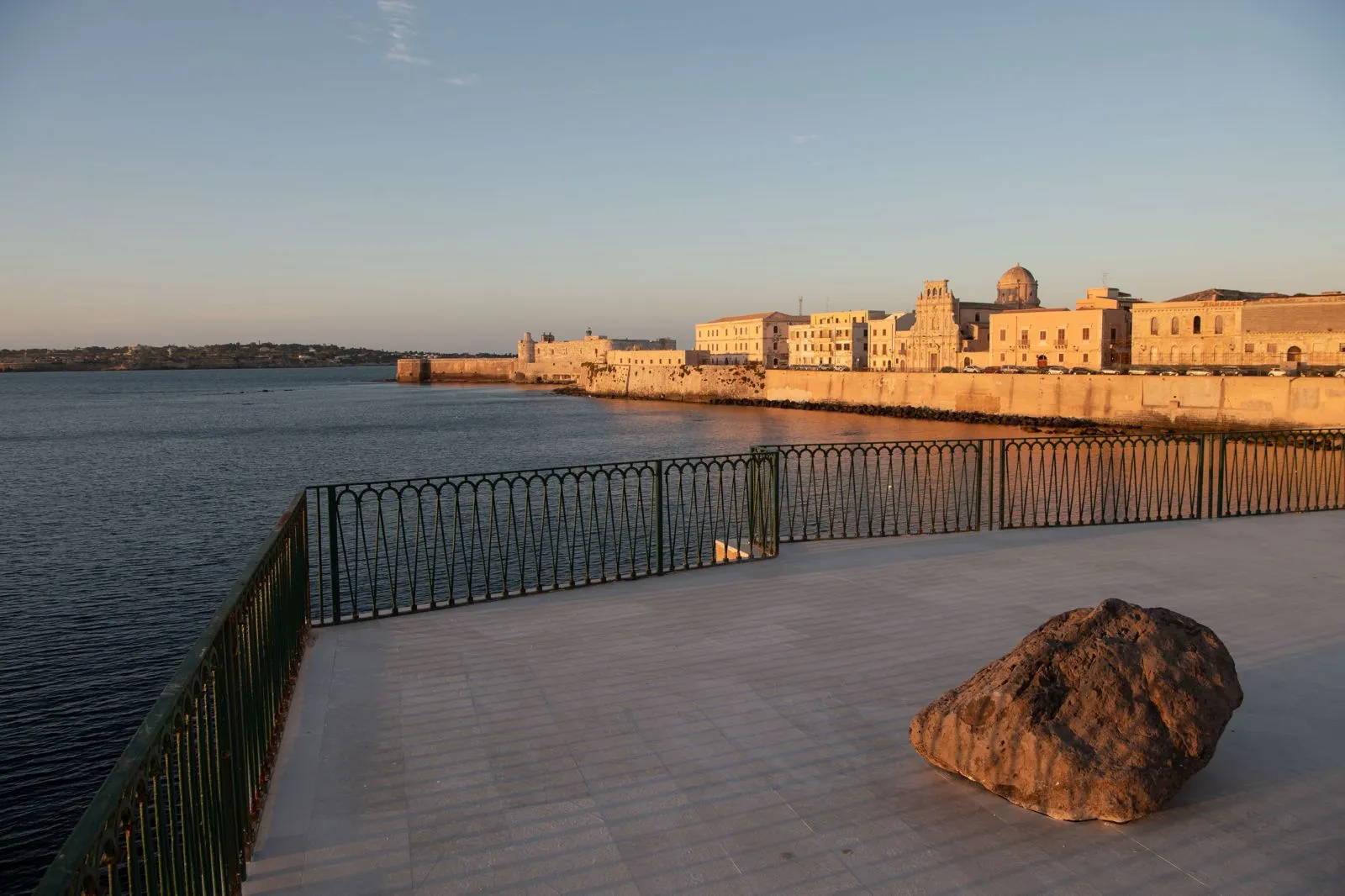In 1895, archaeologist Paolo Orsi launched the first scientific expedition to Pantalica, followed by three more campaigns up until 1910. These excavations led to the classification of five main necropolises: Northwest, North, South, Filiporto, and Cavetta, totaling approximately 3,750 tombs. The North necropolis, with 1,500 burials, is the largest. Orsi explored 400 tombs and provided detailed descriptions of 109. His research revealed an evolution in funerary rituals, with a transition from crouched to extended burial positions and an increased prevalence of single burials. This development suggests a social transformation within the Pantalica community. However, Orsi questioned the absence of certain types of tombs commonly found in other sites, such as Palazzolo Acreide and Caltagirone. Despite his extensive work, he acknowledged that he had not exhausted the study of the site, aware of its complexity.
Sixty years later, Luigi Bernabò Brea resumed research, emphasizing Pantalica's importance in Mediterranean prehistory. He discovered features such as terraces and smaller structures, further enriching the understanding of the site. Today, thanks to preservation efforts and restorations, the necropolis of Pantalica stands as one of the largest and most significant prehistoric funerary complexes in southern Italy, offering a unique insight into the culture and rituals of Protohistoric Sicily.
